In India, numerous festivals showcase the country’s cultural and spiritual values with great joy and enthusiasm. One of the most respected and widely celebrated festivals is Dasara (also known as Dussehra in certain regions of India). Dasara symbolizes the victory of good over evil, light over darkness, and righteousness over wrongdoing. It takes place on the tenth day of the month of Ashwin (September or October) after the nine-day Navaratri festival, which is dedicated to worshipping Goddess Durga.
In this blog post, we’ll explore the origins, significance, and various traditions associated with Dasara, along with the reasons why this festival holds a special place in the hearts of millions.
Table of Contents
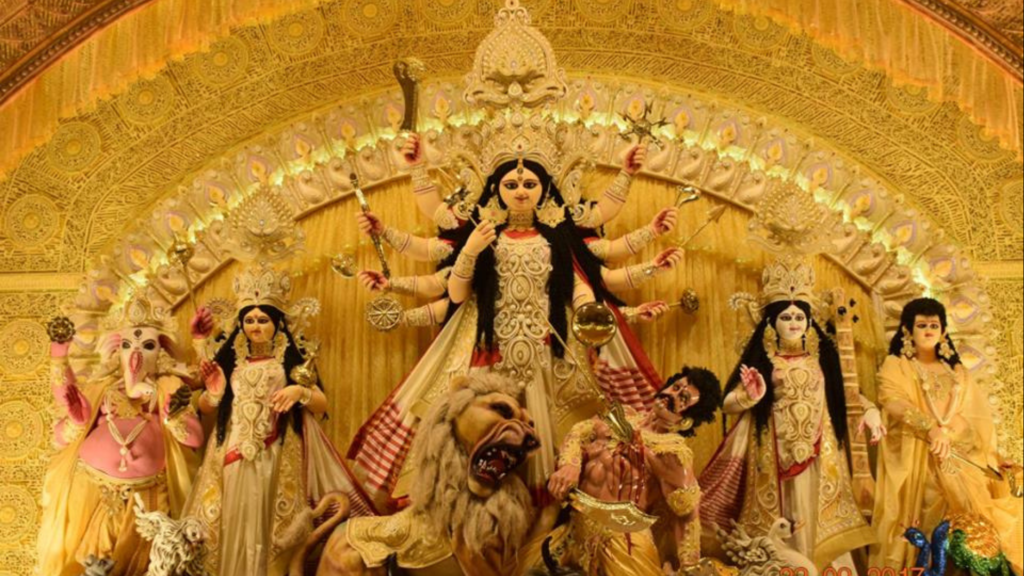
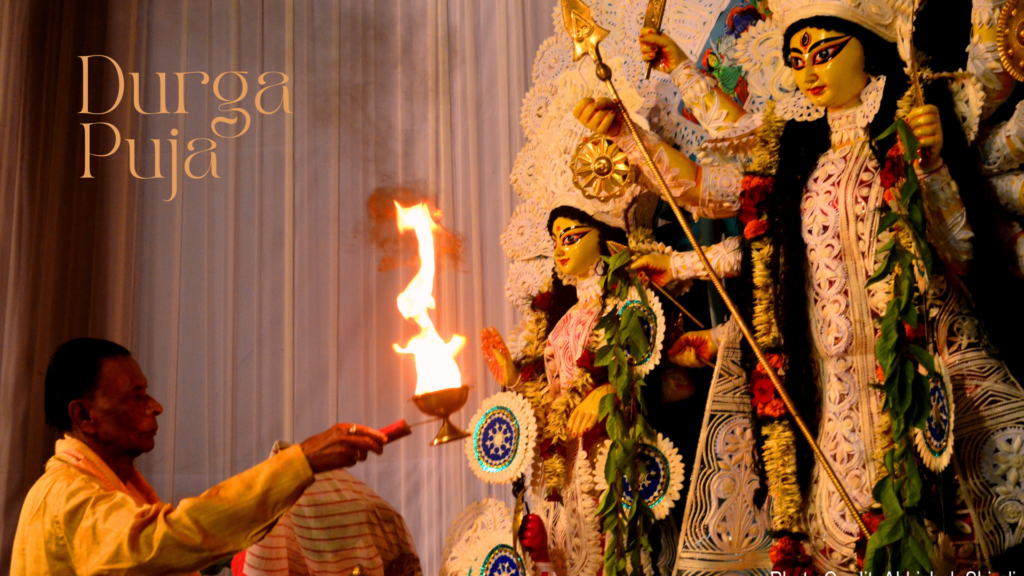
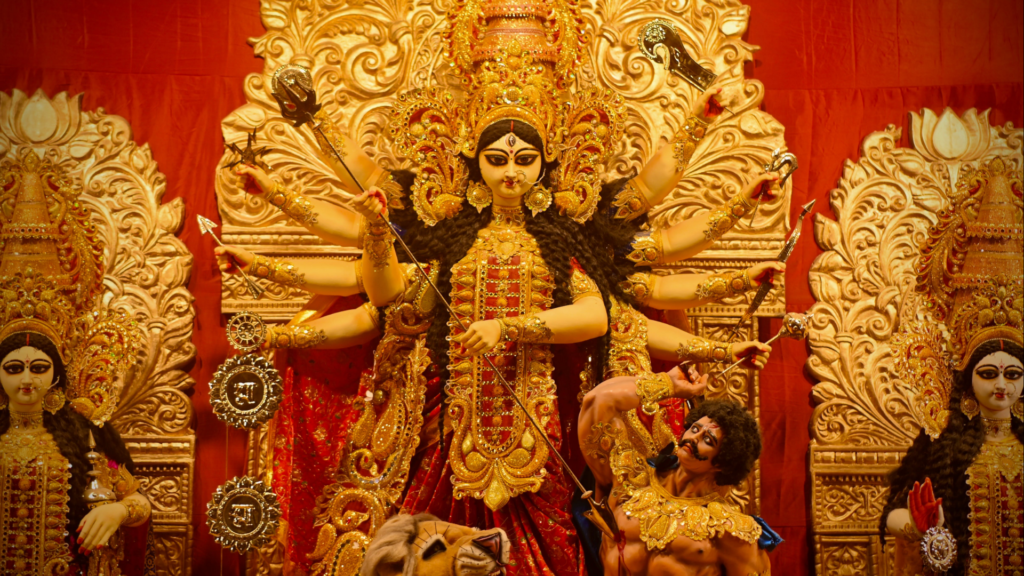
The History of Dasara
The story behind Dasara varies across regions, but the essence of the festival remains consistent victory of good over evil.
- The Ramayana Connection One of the most well-known legends associated with Dasara is from the Ramayana. According to Hindu mythology, Lord Rama, an incarnation of Vishnu, fought and defeated the demon king Ravana on this day. Ravana had kidnapped Sita, Lord Rama’s wife, and held her captive in Lanka. With the help of his brother Lakshmana, the devoted Hanuman, and an army of monkeys, Lord Rama waged a battle against Ravana for nine days. The tenth day, when Ravana was defeated and killed, came to be celebrated as Dussehra or Vijayadashami, meaning the “Day of Victory.”
- Durga’s Triumph Another prominent legend is that of Goddess Durga. In many parts of India, particularly in West Bengal, Assam, and Odisha, Dasara is celebrated as the victory of Durga over the buffalo demon Mahishasura. After nine days of fierce battle, Goddess Durga killed Mahishasura, symbolizing the triumph of divine power over demonic forces. This story signifies the victory of divine feminine energy and the protection of dharma (righteousness).
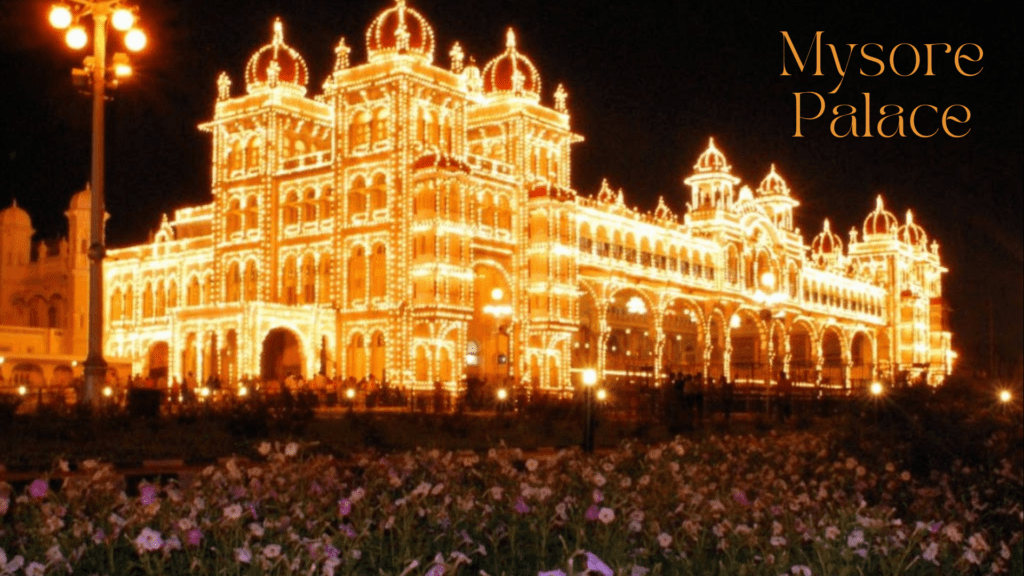
Significance of Dasara
Dasara holds deep spiritual, cultural, and social significance for people across India.
- Spiritual Significance Dasara symbolizes the victory of truth, virtue, and righteousness. It reminds us that, no matter how powerful evil may seem, it will ultimately be defeated by the forces of good. The festival encourages people to reflect on their lives and conquer personal negativities like greed, anger, jealousy, and pride.
- Cultural Significance The festival brings communities together in a celebration of shared values. People from all walks of life participate in the vibrant festivities, reinforcing the spirit of unity and harmony. Traditional music, dance, and drama played a central role during this time, with popular cultural performances like Ramlila (dramatic enactment of the life of Lord Rama) taking place in many regions.
- Social Significance Dasara serves as an opportunity to foster relationships and strengthen bonds within families and communities. It is a time for people to express their gratitude, exchange gifts, and share meals, contributing to a sense of togetherness.
How Dasara is Celebrated Across India
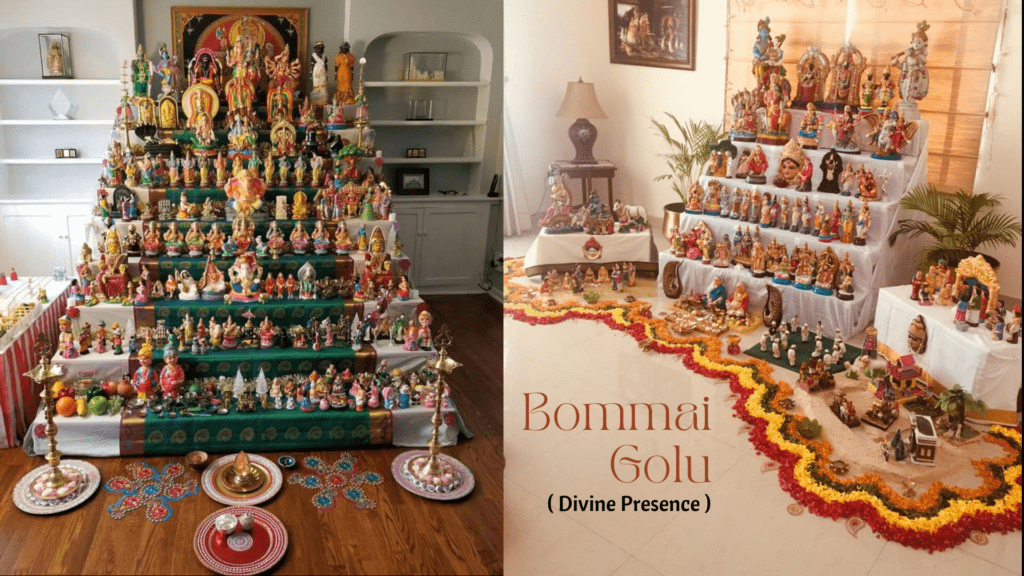
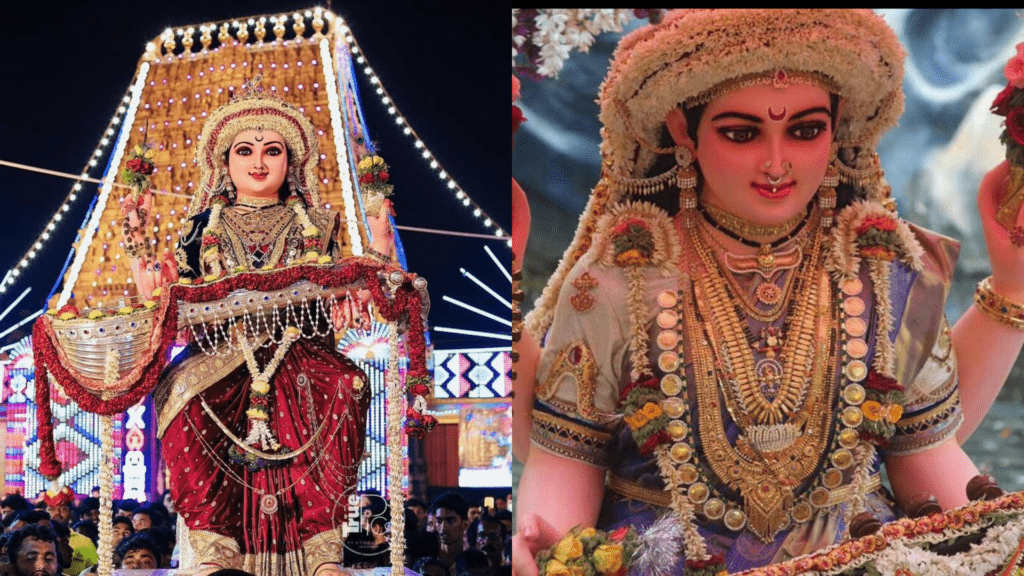

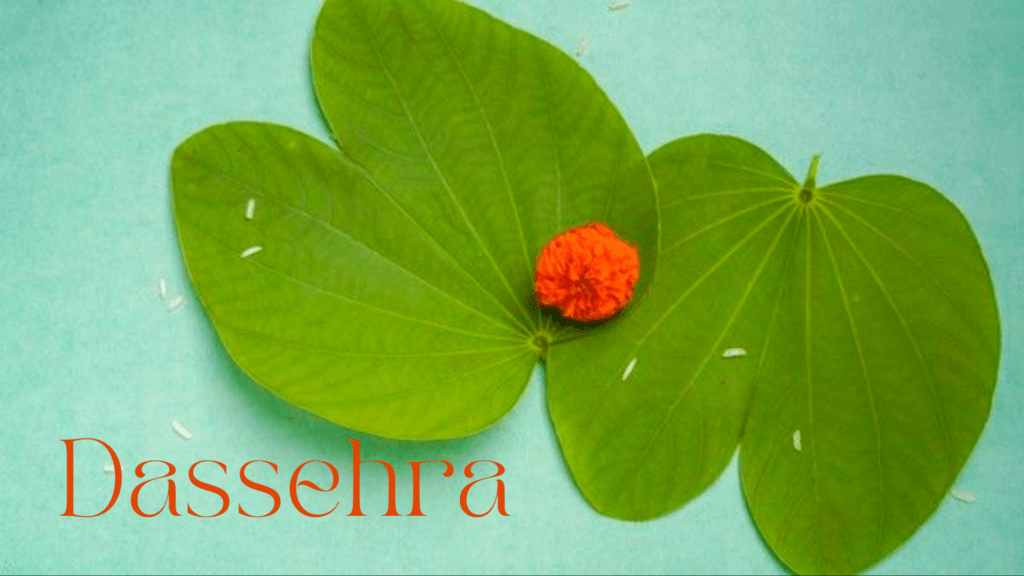
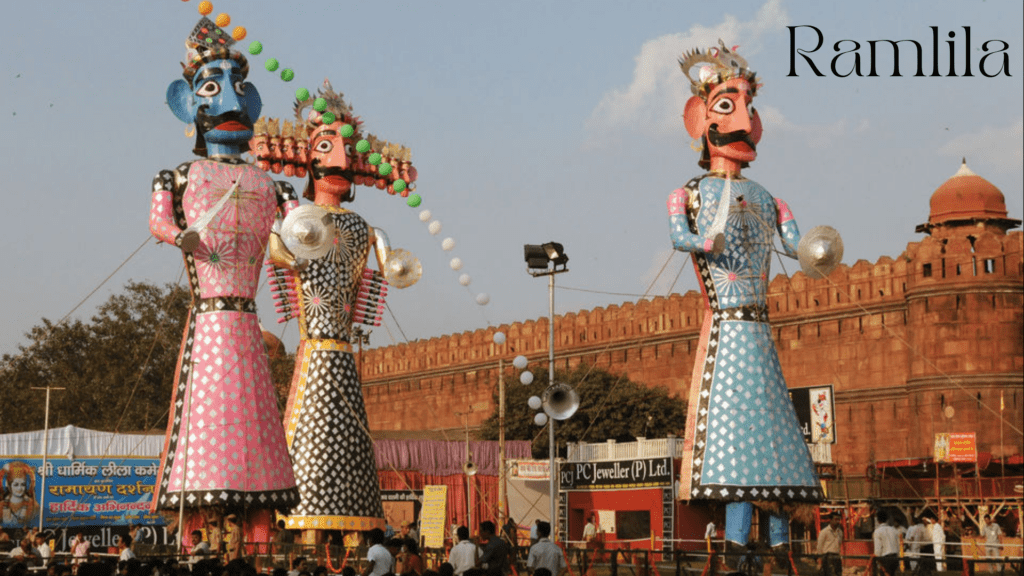
The beauty of Dasara lies in its diverse cultural interpretations and celebrations across various states.
- Northern India in Northern India, particularly in Uttar Pradesh and Delhi, the festival of Dussehra is marked by the burning of large effigies of Ravana, Meghnath, and Kumbhkarna, symbolizing the destruction of evil. The effigies are stuffed with fireworks, and the moment they are set ablaze, crowds cheer to celebrate the victory of Lord Rama. The traditional enactment of the Ramayana, known as Ramlila, takes place in several cities, with grand processions, music, and dance.
- Western India in Maharashtra and Gujarat, Dasara is closely linked with the nine-day festival of Navaratri, during which people perform the traditional Garba and Dandiya Raas dances in devotion to Goddess Durga. On Vijayadashami, special pujas are performed to mark the victory of good over evil, and people exchange leaves of the Shami tree, which is considered auspicious.
- Eastern India in West Bengal, Odisha, and Assam, Dasara is celebrated as Durga Puja, the grandest festival in the region. Huge pandals (temporary shrines) are constructed to house idols of Goddess Durga. The last day, Vijayadashami, marks the immersion of the idols in rivers or seas, symbolizing the departure of the Goddess to her heavenly abode. The festival is accompanied by vibrant processions, cultural performances, and delicious feasts.
- Southern India in Karnataka, Dasara is celebrated with grandeur, particularly in the city of Mysuru, where the Mysuru Dasara is world-famous for its royal processions, elephant parades, and cultural exhibitions. In Tamil Nadu, Andhra Pradesh, and Telangana, people arrange Bommai Golu, an artistic display of dolls and figurines that depict scenes from mythology and everyday life.
- Northeastern India in the northeastern states like Tripura and Manipur, the festival is celebrated with fervor as people perform rituals dedicated to Durga and participate in cultural activities that reflect the local traditions.
Conclusion
Dasara is more than just a festival—it is a reminder of the eternal battle between good and evil that continues within us. The celebration of Dasara across India showcases the country’s cultural richness and diversity, but at its core, it teaches the universal values of righteousness, truth, and justice. Whether you’re burning the effigies of Ravana in North India, immersing Goddess Durga’s idols in West Bengal, or watching the Mysuru parade in Karnataka, Dasara unites everyone in a shared spirit of victory and celebration.
As we celebrate this grand festival, let’s remember its deeper meaning and strive to lead lives that reflect the virtues of courage, kindness, and truth. Musicians at Mysuru Yuva Dasara 2024.
You might be interested in reading this post as well:
The Timeless Art of Clay Pot Cooking: Celebrate the Best Tradition in 2024
FAQs about Dasara
- Why is Dasara called Vijayadashami? Vijayadashami is derived from two words: “Vijaya,” meaning victory, and “Dashami,” referring to the tenth day of the festival. It marks the victory of good (Lord Rama or Goddess Durga) over evil (Ravana or Mahishasura).
- What is the significance of burning Ravana’s effigy? The burning of Ravana’s effigy signifies the destruction of evil and the restoration of peace and dharma. It is a symbolic act that reminds people to eliminate negative forces from their lives.
- Why is Dasara celebrated after Navaratri? Navaratri is dedicated to the worship of Goddess Durga in her nine forms, while Dasara or Vijayadashami marks the victory of the goddess over Mahishasura or Lord Rama over Ravana. It is the culmination of the nine-day festivities.
- Why do people exchange Shami tree leaves on Dasara? In some parts of India, exchanging leaves of the Shami tree is a tradition associated with good fortune and prosperity. It is believed that offering these leaves to others brings blessings of wealth and happiness.
- What is Ramlila, and why is it performed during Dussehra? Ramlila is a dramatic re-enactment of the life of Lord Rama, especially his battle with Ravana. It is performed during Dussehra to celebrate the triumph of Rama and to inspire people to uphold moral values.

